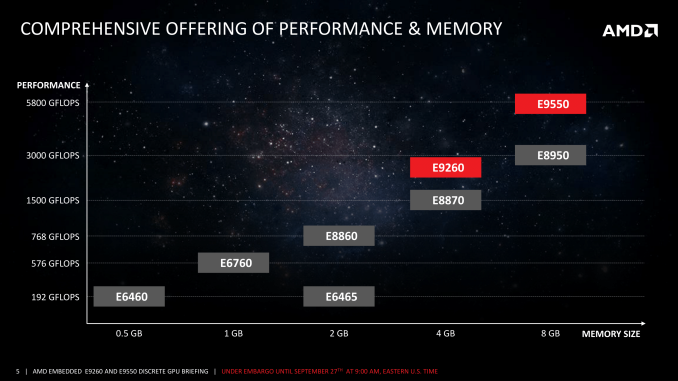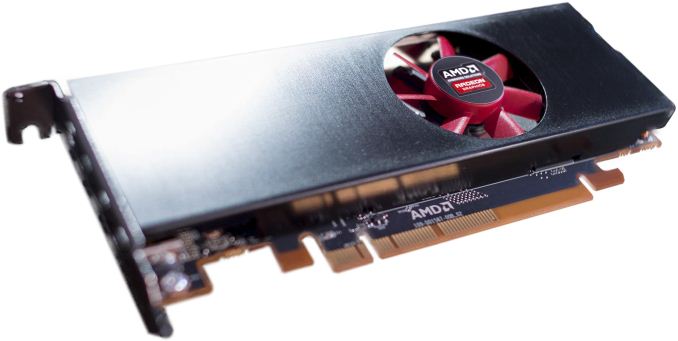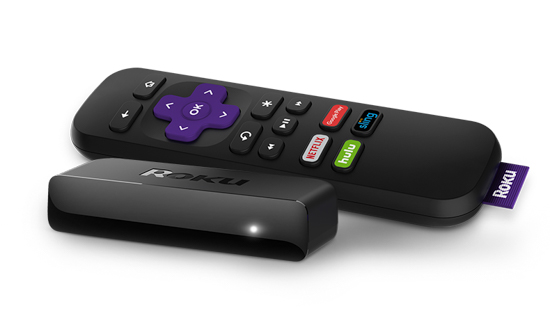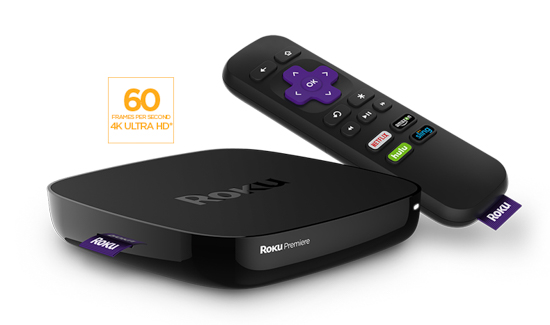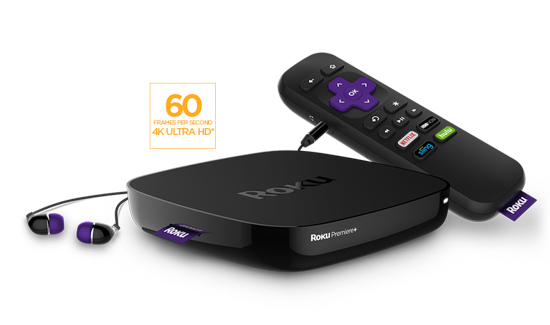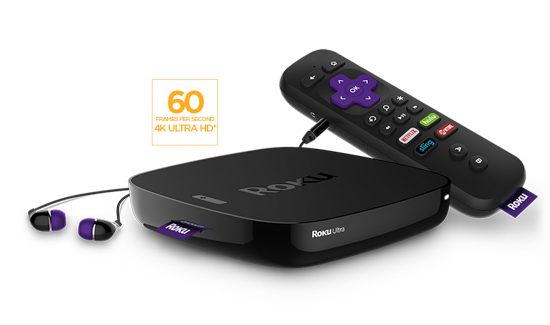Se porventura não soubesse o resultado do Leicester-FC Porto desta noite e se lhe disséssemos que o campeão inglês ganhou por 1-0 adivinharia o marcador do golo?
Islam Slimani, pois… Esta adivinha é fácil, tão simples quanto o passeio da equipa inglesa na primeira parte, em que num golo 100 por cento argelino – cruzamento de Mahrez e finalização de cabeça na pequena área de Slimani – conseguiu ganhar a vantagem que soube gerir nos segundos 45 minutos.
Ao quarto duelo com o FC Porto em 2016, o ponta-de-lança de 28 anos, que conhece bem o FC Porto, como sublinhou no final da partida, voltou a atacar e a fazer jus ao epíteto de «caçador de dragões». Fez o sexto a Iker Casillas e o sétimo no total de confrontos com o FC Porto, já que havia marcado também na vitória leonina (1-0) no clássico de Alvalade a 16 de março de 2014.
O registo deste ano é, de facto, impressionante: quatro jogos, quatro vitórias (três em clássicos pelo Sporting e agora dando o triunfo Leicester), meia dúzia de golos do mesmo jogador.

Há precisamente um mês, a 28 de agosto, Slimani despedia-se dos adeptos do Sporting em Alvalade, marcando um golo decisivo para a reviravolta (2-1) no clássico da jornada 3 da Liga.
Na época passada, o argelino foi ainda mais letal contra os azuis e brancos: bisou na vitória por 1-3 no Dragão, a 30 de abril (jornada 32), tal como havia feito, logo a abrir o ano, a 2 de janeiro, na jornada 15, num 2-0 em Alvalade que roubou a liderança da Liga aos portistas.
Desta vez, «Super Slim» desviou três pontos e 1,5 milhões de euros do FC Porto que desperdiçou a oportunidade de finalmente vencer em Inglaterra diante um adversário acessível como poucas vezes encontrou nessas paragens. Uma maldição não vem sozinha. E assim se agravou o fraco registo histórico dos portistas em solo inglês: 15 derrotas e dois empates, ambos em Old Trafford diante do Manchester United.
E as contas complicam-se num grupo teoricamente acessível, já que o Copenhaga, que conseguiu a proeza de empatar no Dragão, na estreia, goleou em casa do Club Brugge por 4-0.
Sporting cumpre, CR7 também
Bastante mais animadora esta noite foi a prestação e sobretudo o resultado do Sporting, que cumpriu o esperado e em casa venceu o Legia por 2-0 com Bryan Ruiz e Bas Dost a sentenciarem o resultado na primeira parte.
Da única vez que o Sporting defrontou equipas polacas também defrontou o Legia, em 2011/12, e venceu em Alvalade (1-0, golo de Matías Fernández) tendo empatado fora (2-2) numa eliminatória que então valeu então o acesso à Liga Europa.

Desta vez, o patamar é bem mais alto, como comprava o outro jogo do grupo: o Borussia Dortmund-Real Madrid.
O jogo grande da noite, entre os líderes do Grupo F, terminou com um empate a duas bolas e com Cristiano Ronaldo a abrir o marcador com um golo aos 17’, que lhe permitiu até celebrar com o técnico Zinedine Zidane, pondo cobro aos rumores de um desentendimento entre ambos, e a dar início ao segundo, com um excelente cruzamento.
CR7 fez o 98.º golo em 135 jogos nas provas europeias, o 80.º ao serviço do Real Madrid – os restantes 16 foram pelo Manchester United.

Foi o 95.º na Liga dos Campeões, onde já se havia estreado esta época a marcar ao Sporting, sendo o melhor marcador em termos absolutos, com uma vantagem de nove golos sobre Messi, que está lesionado e não pode pelo menos para já encurtar distâncias.
A contabilidade é esta: 95 golos na Liga dos Campeões, mais um numa pré-eliminatória, ainda ao serviço do Manchester United, e ainda dois golos na Supertaça Europeia.
Portugueses entre empate e derrotas
Mas esta noite houve outros portugueses em ação.
Desde logo, no Mónaco, de Leonardo Jardim, que com Bernardo Silva e João Moutinho a titulares conseguiu já nos descontos um empate em casa, 1-1, diante do Bayer Leverkusen, que dá para manter a liderança no Grupo E, com quatro pontos. Isto porque no outro jogo o Tottenham foi à Rússia bater pela margem mínima o CSKA de Moscovo.
Do Grupo H, veio outra das goleadas da noite, com a Juventus a vencer na Croácia o Dinamo de Zagreb por 4-0, com Paulo Machado a jogar os vinte minutos finais. Os italianos dividem a liderança com o Sevilha, que também soma quatro pontos e que no outro jogo do grupo venceu por 1-0 o Lyon, do guarda-redes português Anthony Lopes.
Autore: Maisfutebol


